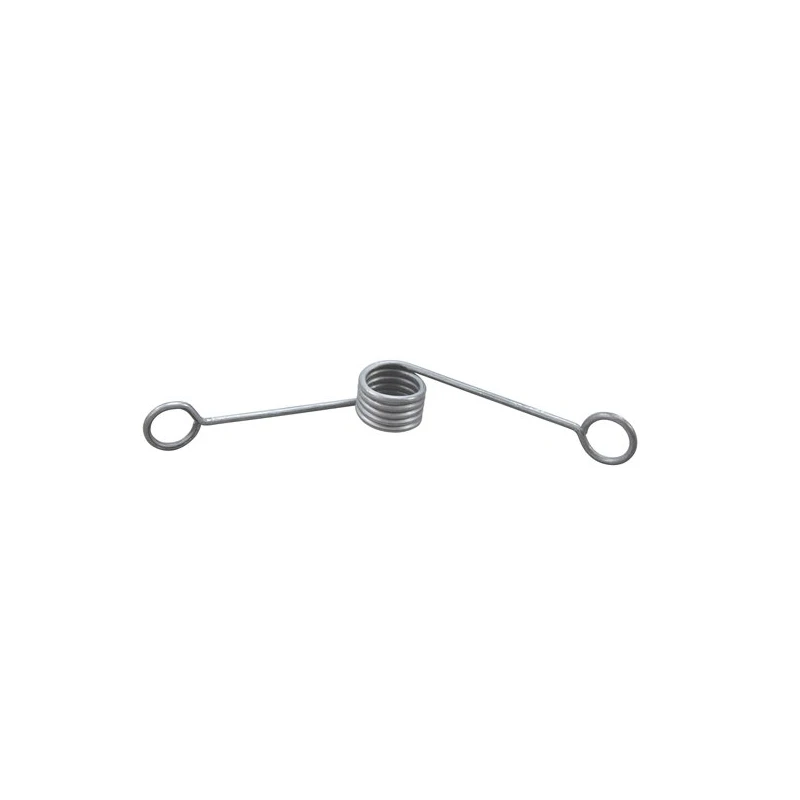
- Mobile Phone
- +8613931874955
- sales@cntcmetal.com
Guide to Horizontal Masonry Reinforcement Techniques for Structural Stability
Horizontal Masonry Reinforcement Enhancing Structural Integrity
Masonry construction has been a fundamental component of architectural design for centuries, renowned for its durability and aesthetic appeal. However, the strength and performance of masonry structures heavily rely on proper reinforcement techniques. One such technique is horizontal masonry reinforcement, which plays a crucial role in enhancing the structural integrity of masonry walls, particularly in areas subjected to lateral forces such as earthquakes or high winds.
Horizontal masonry reinforcement typically involves the integration of steel bars, commonly known as rebar, or other reinforcement materials placed within the horizontal joints of a masonry wall. This technique is vital in preventing cracks and ensuring that the masonry units work together effectively under load. By distributing forces across the wall, horizontal reinforcement helps maintain the structural form and stability, reducing the risk of failure.
One of the primary advantages of horizontal masonry reinforcement is its ability to improve the overall tensile strength of a wall. Masonry materials, such as brick and concrete blocks, are strong in compression but weak in tension. By introducing horizontal reinforcement, the tensile forces acting on the wall are counteracted, allowing for greater resistance to bending and shear forces. This is particularly important in regions prone to seismic activity, where lateral forces can significantly stress masonry structures.
horizontal masonry reinforcement

Additionally, horizontal reinforcement enhances the performance of masonry walls in terms of load-bearing capacity. It allows walls to support additional weight, making it possible to construct taller or more expansive structures without sacrificing safety. This is especially beneficial in commercial and industrial buildings where heavy loads are common. Horizontal reinforcement also contributes to the overall lifespan of a building by minimizing the potential for structural deterioration over time.
The application of horizontal reinforcement is not only beneficial for new constructions but also vital in retrofitting existing structures. Older masonry buildings, particularly those not originally designed with modern reinforcement techniques, may require updates to meet contemporary safety standards. Retrofitting with horizontal reinforcement can significantly improve the seismic resilience of these structures, providing an added layer of safety for occupants and preserving historical architecture.
When implementing horizontal masonry reinforcement, it is essential to consider several factors, including the type of masonry units, the structural design, and the expected environmental conditions. Proper spacing and sizing of reinforcement bars are critical to ensure effectiveness. Building codes and standards should always be followed to guarantee that reinforcement meets the required safety measures.
In conclusion, horizontal masonry reinforcement is a vital technique in modern masonry construction, enhancing the structural integrity and durability of walls. Its ability to improve tensile strength, load-bearing capacity, and seismic resilience makes it an indispensable tool for architects and engineers. As construction practices evolve, incorporating effective reinforcement methods like horizontal masonry will continue to play a significant role in the safety and longevity of buildings worldwide. Investing in robust reinforcement is not merely a choice but a necessity for the future of sustainable architecture.
share:
-
Understanding Wall Ties: Types and ImportanceNewsApr.28,2025
-
Top Products for Your Yard and Signage NeedsNewsApr.28,2025
-
The World of SpringsNewsApr.28,2025
-
Masonry Accessories: Essential for Building Strong FoundationsNewsApr.28,2025
-
Fencing Solutions for Every NeedNewsApr.28,2025
-
A Comprehensive Guide to Iron Wire for Your Construction NeedsNewsApr.28,2025
-
The Versatility of Wire Tension SpringsNewsApr.16,2025



















